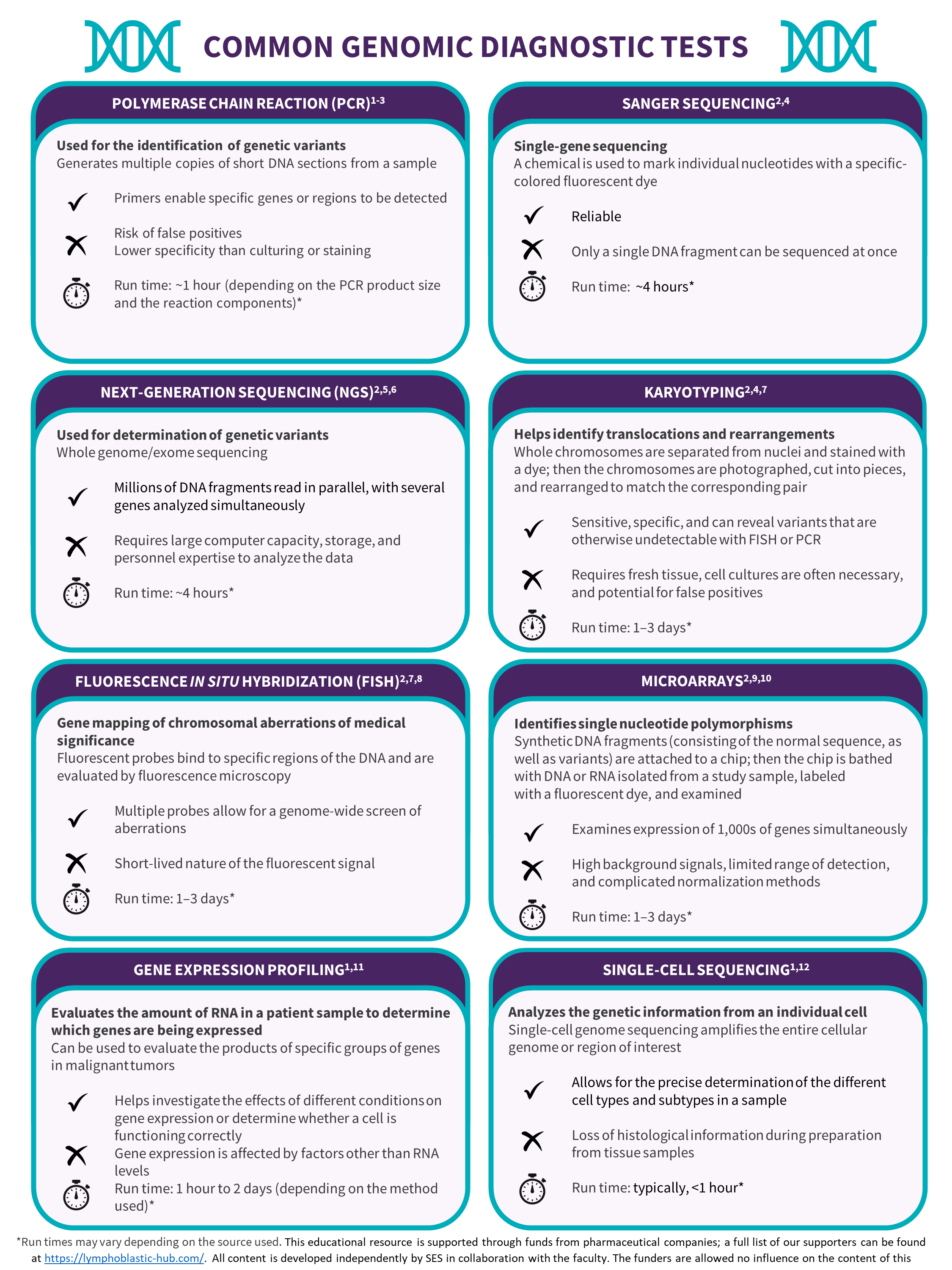All content on this site is intended for healthcare professionals only. By acknowledging this message and accessing the information on this website you are confirming that you are a Healthcare Professional. If you are a patient or carer, please visit Know ALL.
The all Hub website uses a third-party service provided by Google that dynamically translates web content. Translations are machine generated, so may not be an exact or complete translation, and the all Hub cannot guarantee the accuracy of translated content. The all and its employees will not be liable for any direct, indirect, or consequential damages (even if foreseeable) resulting from use of the Google Translate feature. For further support with Google Translate, visit Google Translate Help.
The ALL Hub is an independent medical education platform, sponsored by Amgen, Autolus, Jazz Pharmaceuticals, and Pfizer and supported through an educational grant from the Hippocrate Conference Institute, an association of the Servier Group. The funders are allowed no direct influence on our content. The levels of sponsorship listed are reflective of the amount of funding given. View funders.
Now you can support HCPs in making informed decisions for their patients
Your contribution helps us continuously deliver expertly curated content to HCPs worldwide. You will also have the opportunity to make a content suggestion for consideration and receive updates on the impact contributions are making to our content.
Find out more
Create an account and access these new features:
Bookmark content to read later
Select your specific areas of interest
View ALL content recommended for you
Common genomic diagnostic tests
Genetic testing has become an integral part of cancer diagnosis, risk stratification, and treatment strategy.1 While whole exome and whole genome sequencing are becoming increasingly accessible, classic genetic tests, such as Sanger sequencing and polymerase chain reaction (PCR), remain the standard approach for many clinical practices due to their high sensitivity, relatively low costs, and wide availability.1 At present, no single test is able to detect the wide range of potential genetic abnormalities that may be inherited or arise de novo in a patient; therefore, a multiform approach is adopted to generate an accurate and reliable genetic readout.1
In view of this, the ALL Hub is proud to present a visual summary of the genomic diagnostic techniques commonly used in clinical practice. We outline the use of each technique, as well as their associated advantages and disadvantages.

References
Please indicate your level of agreement with the following statements:
The content was clear and easy to understand
The content addressed the learning objectives
The content was relevant to my practice
I will change my clinical practice as a result of this content

